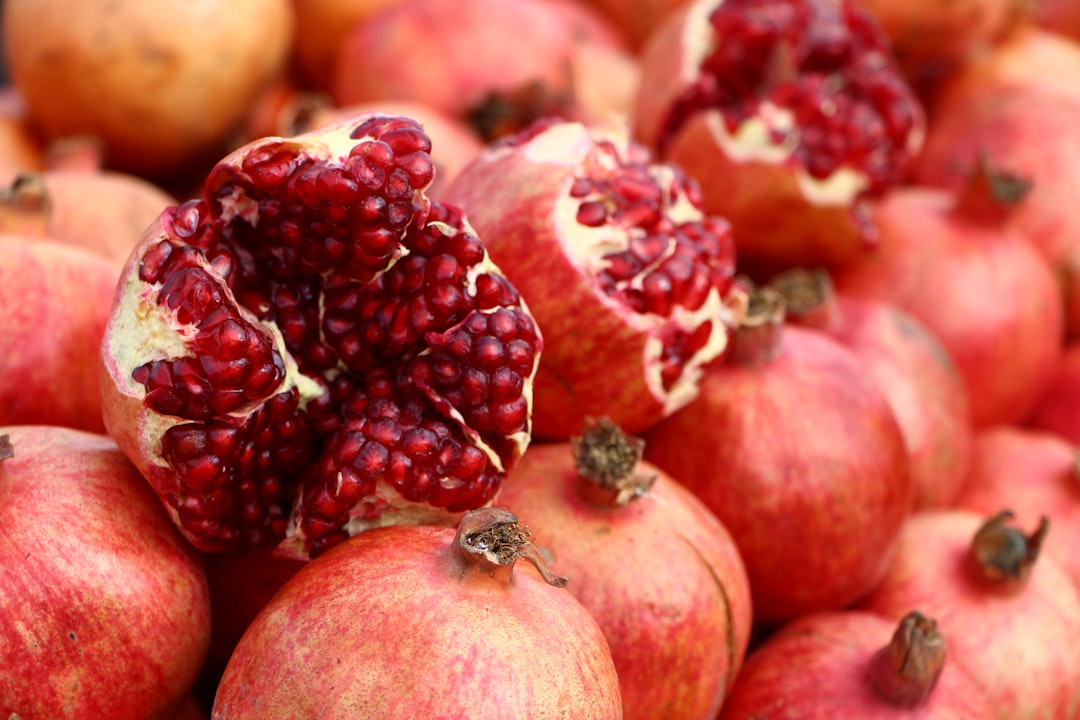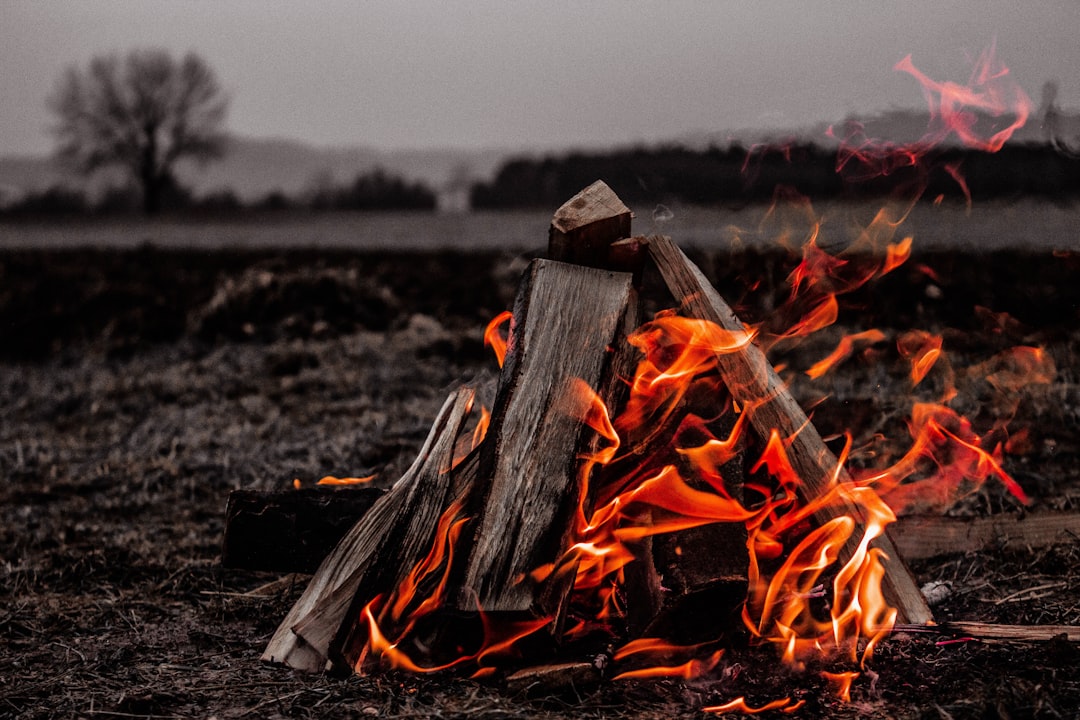Every year, on the longest night of the year, Iranians gather to celebrate Shab-e Yalda, a festival rooted in ancient Persian traditions that marks the winter solstice. This magical evening, also known as the Night of Yalda, is a celebration of light, warmth, and the triumph of good over evil. It is a time for families to come together, share stories, eat delicious foods, and embrace the promise of longer days ahead. In this blog post, we will explore the origins, traditions, and significance of Shab-e Yalda, a celebration that brings hope and joy during the darkest time of the year.
🌙 What is Shab-e Yalda?
Shab-e Yalda, or Yalda Night, is celebrated on the longest night of the year, which usually falls on the winter solstice, around December 21st or 22nd in the Gregorian calendar. The word "Yalda" comes from the Syriac word "yaldo," meaning birth, and is symbolically linked to the birth of the sun. The night marks the point at which the sun begins its return to the earth, and the days slowly begin to lengthen once again.
The origins of Shab-e Yalda can be traced back to ancient Zoroastrian traditions, specifically the celebration of the victory of the sun over darkness. In pre-Islamic Persia, Yalda Night was associated with the god Mithra, the sun deity, whose light was believed to overcome the forces of darkness. Over the centuries, this ancient festival has evolved into a cultural celebration with rich customs, involving family gatherings, storytelling, music, and food.
🌞 Symbolism of Light and Darkness
At the heart of Shab-e Yalda is the symbolic struggle between light and darkness. The night represents the forces of darkness, and the arrival of the solstice signals the gradual return of light. This theme of light overcoming darkness resonates deeply within Persian culture, where the triumph of good over evil is a recurring motif in both mythology and religion.
On Shab-e Yalda, this symbolism is celebrated with warmth, light, and joy. People gather around brightly lit spaces, often with candles or lanterns, to mark the turning of the season and to welcome the sun's return. The darkness of the night gives way to the promise of light and renewal, symbolizing hope for the coming year.
🌸 Traditions of Shab-e Yalda
Shab-e Yalda is a time for celebration, and families across Iran and among the Persian diaspora observe several cherished traditions during this special night. Here are some of the most common customs that make Yalda Night a memorable occasion:
1. Family Gatherings
The heart of Shab-e Yalda is the gathering of family and friends. On this night, people come together to share food, conversation, and warmth, often staying up until the early hours of the morning. In traditional Iranian homes, the Yalda Night celebration is a communal experience where the bonds of family and friendship are strengthened.
2. The Haft-Seen Table
Similar to the Persian New Year celebration of Nowruz, many people prepare a Haft-Seen table for Shab-e Yalda. Although the items on the table vary slightly from the Nowruz table, several symbolic elements remain the same, including:
-
Pomegranate (symbolizing life and fertility)
-
Watermelon (representing warmth and summer's abundance)
-
Nuts and seeds (symbolizing the harvest and prosperity)
In addition to these items, some families add red fruits, such as cherries, and candles to emphasize the theme of light. The Haft-Seen table serves as a visual reminder of the themes of vitality, growth, and the rejuvenation of life as the sun begins its journey back toward the earth.
3. Reading Hafez’s Divan
One of the most beloved customs of Shab-e Yalda is the practice of reading the poetry of Hafez, the famous Persian poet. People often take turns opening a random page of Hafez’s Divan (a collection of his poems) and reading the verses aloud. This tradition, called "Fāl-e Hafez", is believed to bring wisdom, guidance, and insight for the coming year.
Each poem is thought to hold a special meaning for the reader, offering answers to questions or providing direction in life. Hafez's works, filled with mystical and philosophical themes, are a beloved part of Persian culture, and on Shab-e Yalda, they take on a deeper significance as people reflect on the year that has passed and the future ahead.
4. Storytelling and Poetry
In addition to reading Hafez, storytelling is a cherished part of the celebration. Elders of the family often recount ancient myths, legends, and historical tales, many of which are tied to the themes of light and darkness, good and evil. Persian poetry, in particular, plays a significant role in these stories, with epic poems like the Shahnameh (Book of Kings) by Firdawsi being recited.
The art of storytelling is highly valued in Persian culture, and Shab-e Yalda is an occasion to pass down wisdom, history, and cultural values to younger generations. As people sit around, enjoying the warmth of their homes, they share stories that evoke the spirit of togetherness and heritage.
5. Eating Fruits and Sweets
The foods of Shab-e Yalda are an essential part of the celebration. Traditionally, pomegranate and watermelon are served, as they symbolize life, health, and the return of the sun. Pomegranates, in particular, have deep symbolic significance in Persian culture, representing the idea of fertility and the cycle of life. The bright red color of the pomegranate seeds evokes the warmth and energy of the sun, a perfect match for this winter solstice celebration.
Along with fruits, people also indulge in a variety of sweet treats, such as baklava, rice pudding (shirin polow), fennel seeds, and nuts. These festive foods create a sense of abundance, offering both physical and spiritual nourishment as the night unfolds.
6. Burning the Winter's Chill
Some families also take part in a tradition of burning a small fire on Shab-e Yalda, symbolizing the banishment of winter's cold and the arrival of the sun's warmth. This custom is often carried out outdoors, where people gather around the fire, enjoy the warmth, and celebrate the upcoming lengthening of the days.
🌸 Shab-e Yalda Around the World
While Shab-e Yalda is celebrated primarily in Iran, the tradition has spread to many parts of the world, particularly among the Persian diaspora. In countries such as Afghanistan, Tajikistan, Azerbaijan, and parts of Central Asia, Yalda Night is celebrated with similar traditions, with regional variations in the foods and customs.
The celebration is also gaining recognition internationally, with many cultural events, concerts, and gatherings taking place in cities across the globe to mark Shab-e Yalda. These events help spread the joy of this ancient Persian tradition and foster a greater understanding of Persian culture.
Conclusion: The Triumph of Light and Hope
Shab-e Yalda is not only a celebration of the longest night of the year but also a celebration of the triumph of light over darkness. The festival symbolizes hope, renewal, and the promise of brighter days ahead. It is a time for families to come together, share stories, reflect on the year gone by, and make wishes for the future.
As we celebrate Shab-e Yalda, we honor ancient Persian traditions that have withstood the test of time. The warmth of our gatherings, the sweetness of the fruits, the wisdom of the poetry, and the glow of the candles remind us that even in the darkest moments, there is always the promise of a new dawn.
May this Shab-e Yalda bring you warmth, light, and endless blessings as we welcome the return of the sun and the promise of a new season.





